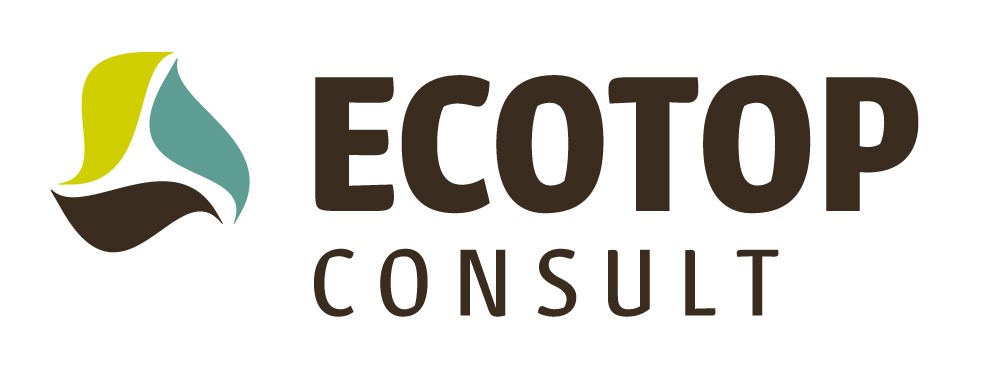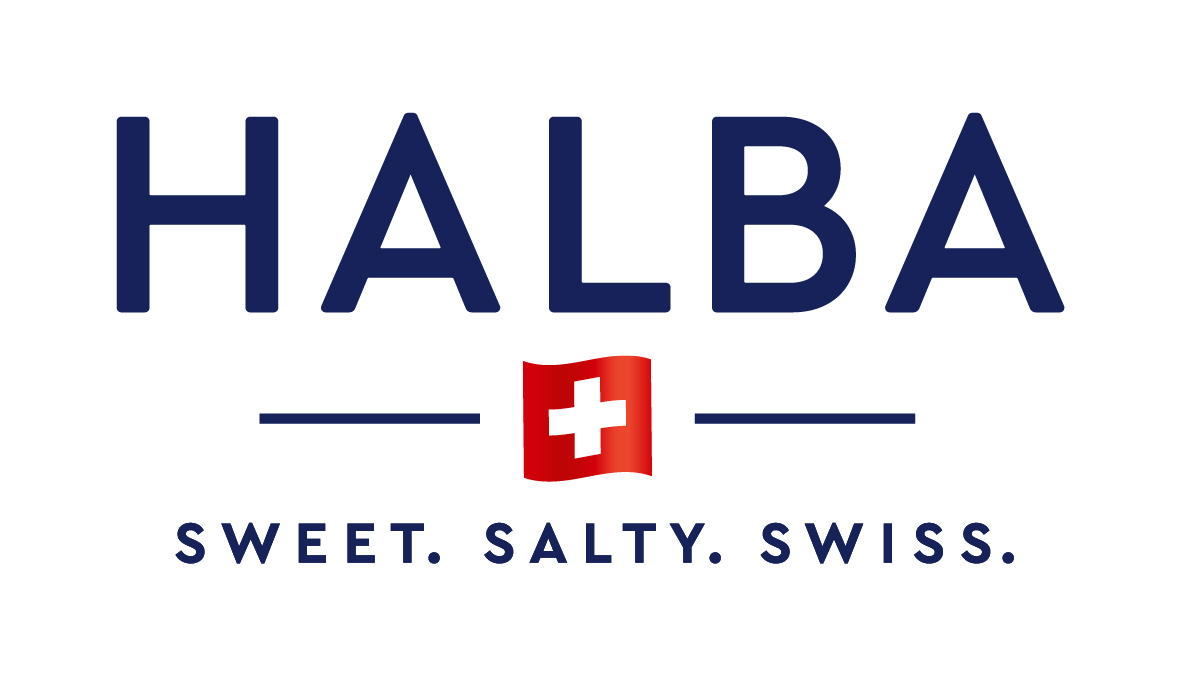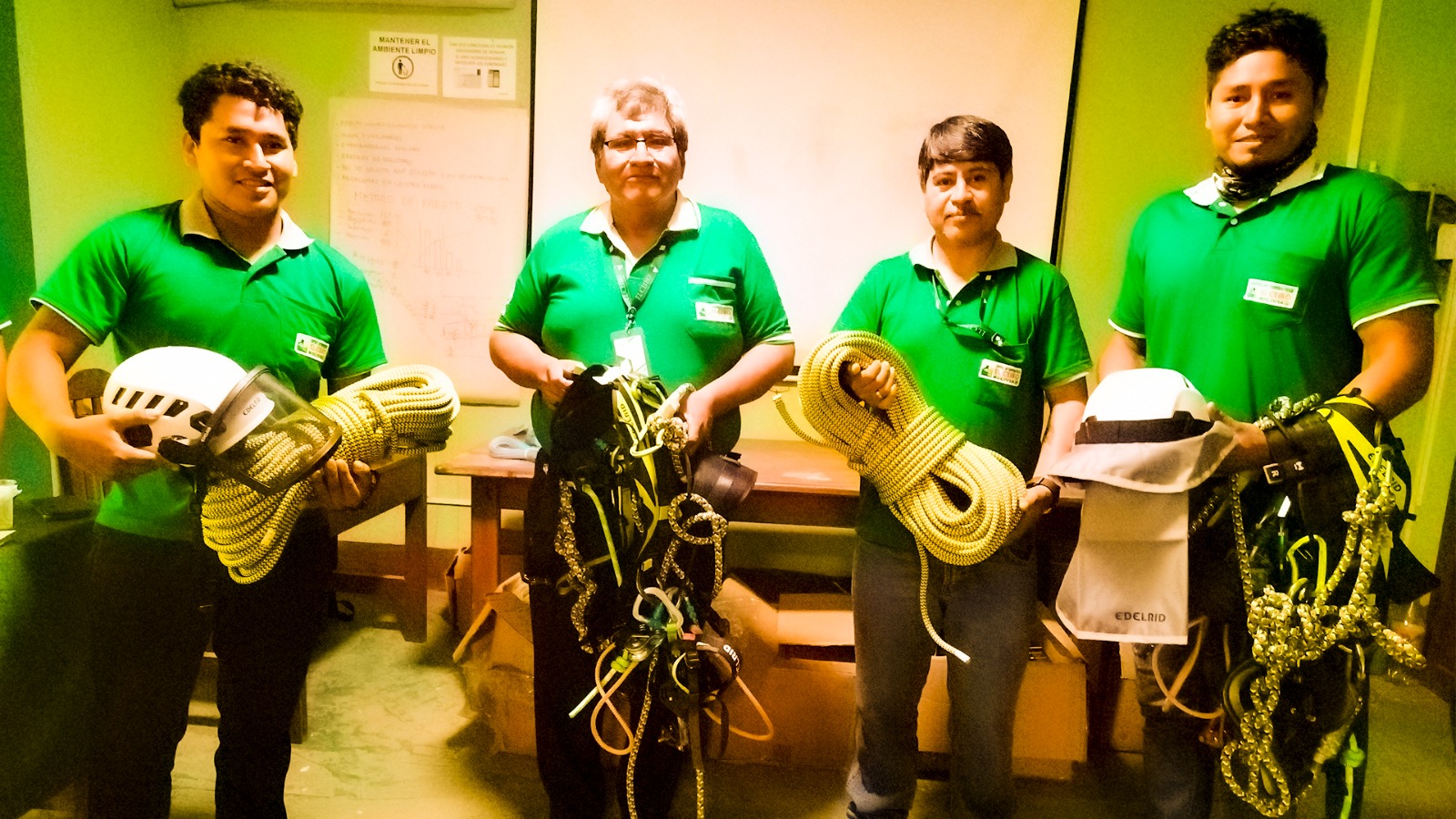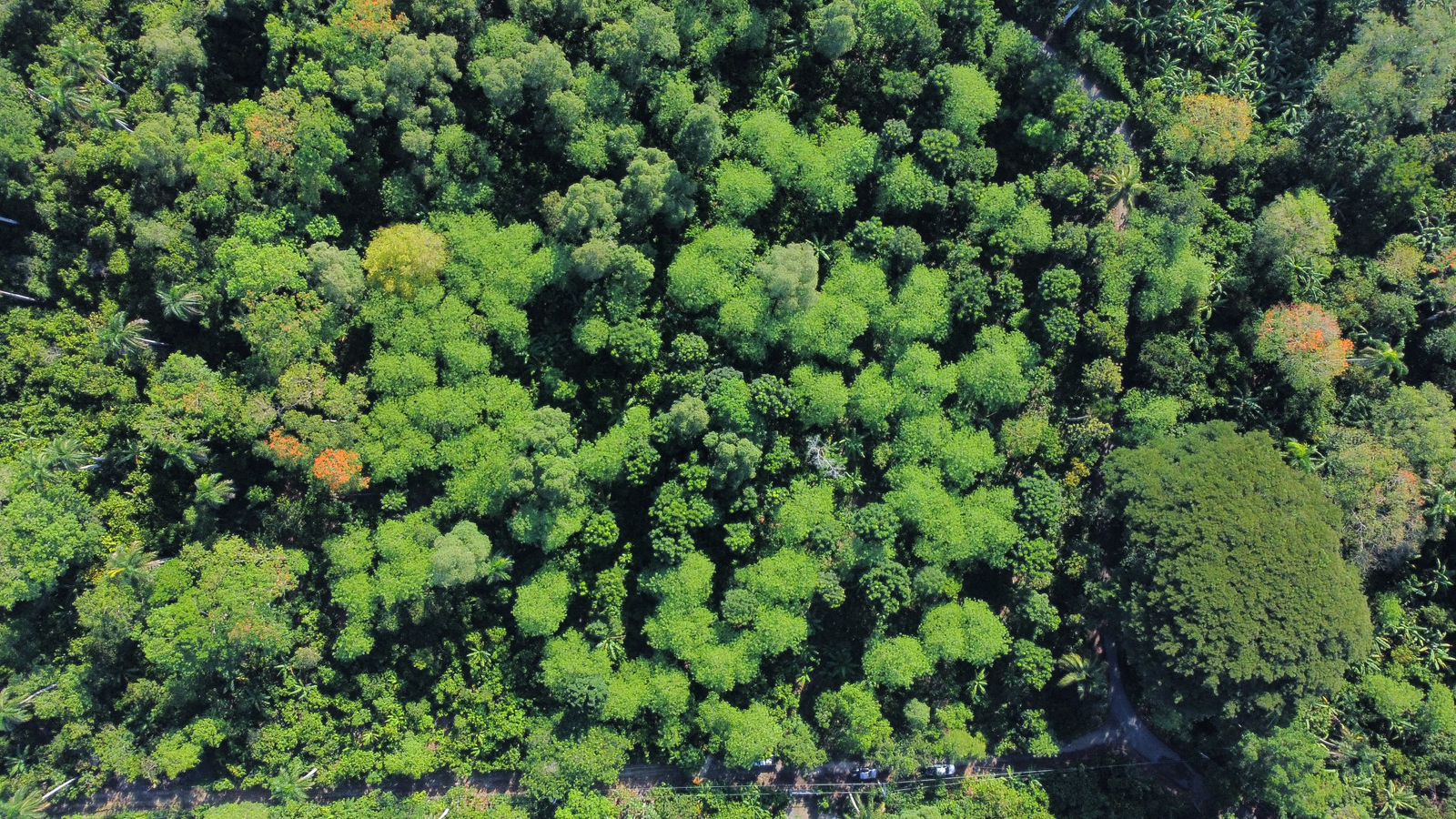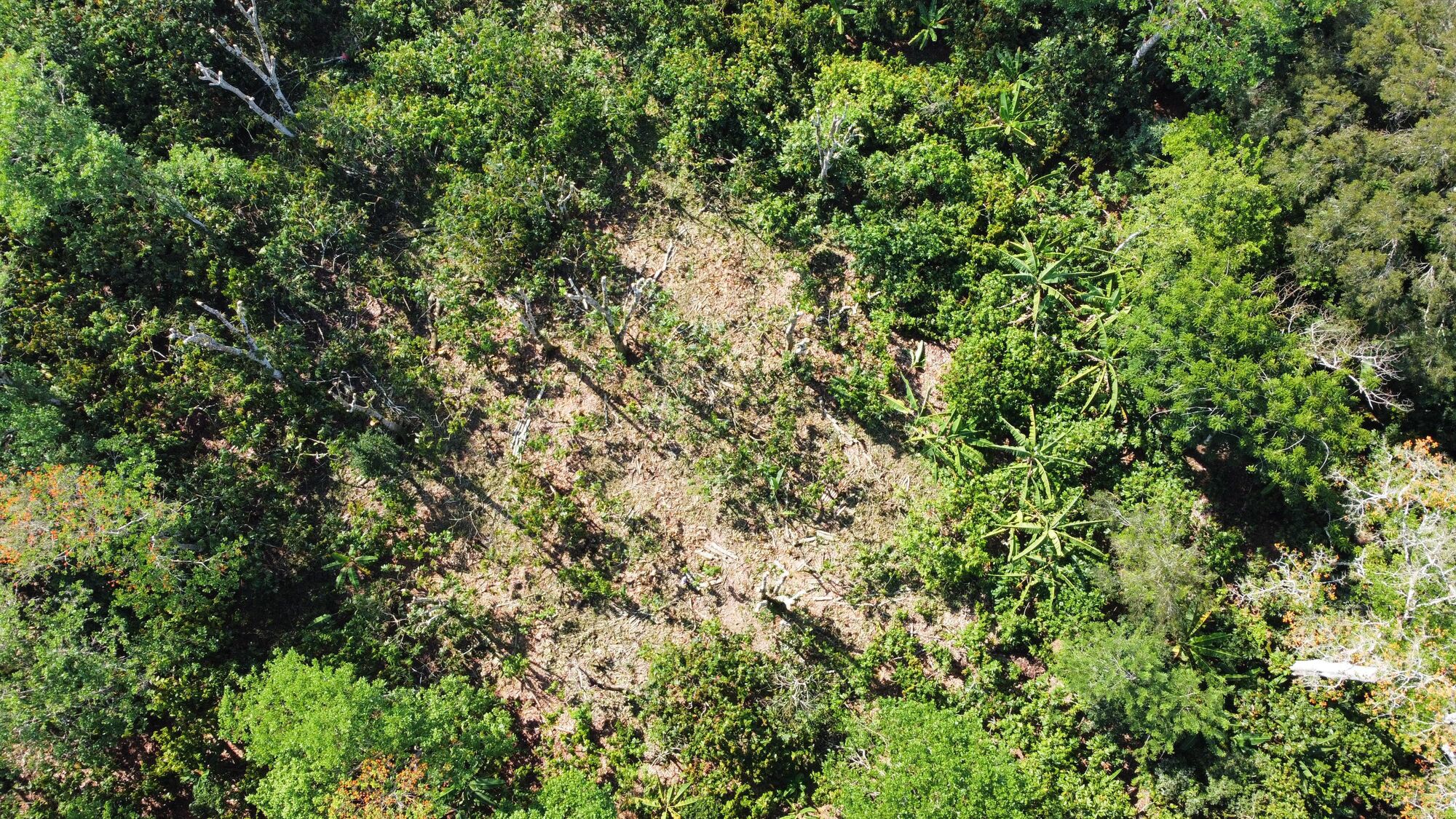Scaling Cocoa Sustainability: High-Canopy Pruning as a Game-Changer in Agroforestry
What is the main objective of the project?
The project aims to enhance cocoa productivity and sustainability by introducing high-canopy pruning in Dynamic Agroforestry systems through skilled arborists as service providers. This approach reduces excessive shade in mature plantations while maintaining ecological benefits, and it is being implemented across Bolivia, the Dominican Republic, and Ecuador.
«This project proves that science and practice can climb the same tree — by pruning smarter, we grow stronger. It’s a simple yet transformative way to balance productivity and ecology in cocoa farming.»
How will the project contribute to sustainable cocoa production?
The project strengthens sustainable cocoa production by creating specialised services through arborists promoting strategic pruning in mature agroforestry systems. Shade trees are valued and carefully managed, not removed, to create optimal and dynamic light conditions for cocoa while maintaining high biodiversity and carbon storage. This balanced management improves yields, tree health, and climate resilience. Through advanced training and new arborist brigades, farmers and cooperatives are enabled to receive services in managing timber trees safely and effectively embedding ecological tree management as a lasting element of sustainable cocoa production.
What steps are taken during the project?
The project begins with pruning shade trees in cocoa agroforestry systems to improve light conditions for cocoa growth, while maintaining the system’s ecological diversity and structure to ensure both productivity and biodiversity are sustained. In Bolivia, around 150 highly biodiverse plots will be managed through selective high-canopy pruning that optimises light without reducing tree cover.
Pilot activities in the Dominican Republic and Ecuador will adapt the approach to local conditions and cooperative contexts. Research trials led by FiBL will measure the effects of shade-tree pruning (high-canopy pruning) on yields, light balance, and biodiversity, as well as on cost efficiency. In parallel, advanced training for new arborist brigades, creating businesses for service providers in tree pruning, technical guidelines, and safety standards will support long-term adoption and learning through the SWISSCO network. FIBL will support the outcome by taking data from specific trials to assess the effect of pruning in height on cocoa yields.
How do you plan to communicate the outcomes to relevant stakeholders?
Project outcomes will be communicated through SWISSCO’s channels, partner platforms such as Halba, FiBL, and ECOTOP, and through open-access reports. Field demonstrations, workshops, and exchange visits will allow farmers and cooperatives to directly experience the benefits and methods of high-canopy pruning.
Where do you see the greatest potential for other stakeholders in the cocoa sector and beyond to learn from the outcomes of this project?
The project demonstrates how ecological integrity and productivity can reinforce each other through smart management of shade trees. It shows that well-managed canopies not only boost yields but also encourage farmers to plant new trees and retain old ones, since they remain productive and valuable assets. Other stakeholders can learn from this integration of scientific research, cooperative-led services, and farmer innovation. The approach offers practical lessons for the cocoa sector and for other tree-based, climate-resilient farming systems seeking to balance productivity with biodiversity.
Organisations involved
